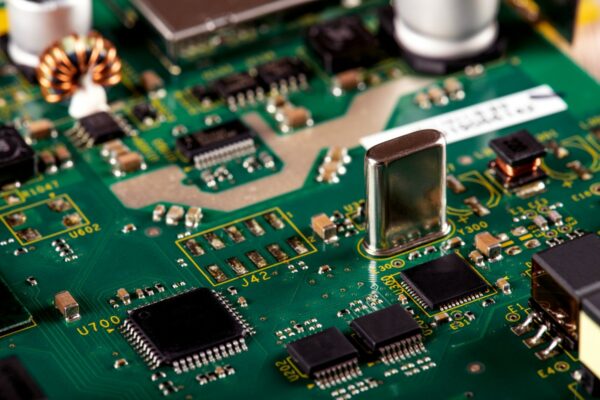What is Burn-in
Burn-in is a testing process conducted by manufacturers to evaluate the performance and reliability of a newly developed PCB under extreme conditions. The primary objective of burn-in testing is to identify any potential functional errors or weaknesses in the board’s components or firmware that may arise during prolonged operation or exposure to high temperatures.
During burn-in testing, technicians subject the prototype board to a continuous flow of current while operating its firmware in a controlled high-temperature environment. This rigorous process typically lasts for a duration ranging from 48 to 168 hours. By subjecting the board to these extreme conditions, manufacturers can simulate the stress and strain that the PCB may experience during its actual usage.
The purpose of burn-in testing is to push the board to its limits and observe how it performs under these challenging conditions. The manufacturer carefully monitors the board’s functionality during the testing period to identify any issues that may arise, such as component failures or firmware malfunctions. By conducting burn-in testing, manufacturers can detect and rectify any defects or weaknesses in the board’s design or manufacturing process at an early stage, allowing for necessary improvements and ensuring the board’s reliability and longevity.
Frequently Asked Questions
What Is the Purpose of Burn-in Testing
Burn-in testing serves the purpose of identifying potential defects in a group of semiconductor devices at an early stage. This testing involves subjecting the product to electrical testing under extreme operating conditions, typically lasting between 48 to 168 hours.
What Is Burn-in Process
Burn-in is a procedure performed on electronic components before they are put into regular use in order to identify any potential failures and guarantee their reliability. This is achieved by subjecting the electronics to a continuous power supply at a higher temperature for an extended period of time.
What Material Is Burn-in Board
Burn-in boards are made using high-quality materials. To test temperatures up to 125C, a specific type of FR4 called High Tg FR4 is utilized. For even higher temperatures up to 250C, Polyimide is used. Lastly, for extremely high temperatures up to 300C, a superior grade of polyimide is employed.
What Are the Disadvantages of Burn-in Testing
The burn-in testing process may not affect the overall lifespan of the product, but it can compromise other important factors such as device stress distribution, efficiency, electro-static discharge (ESD), and the ability to withstand electrical-over-stress (EOS).
What Are the Different Types of Burn-in Testing
The various types of burn-in testing include static burn-in, dynamic burn-in, and dynamic burn-in with test.





